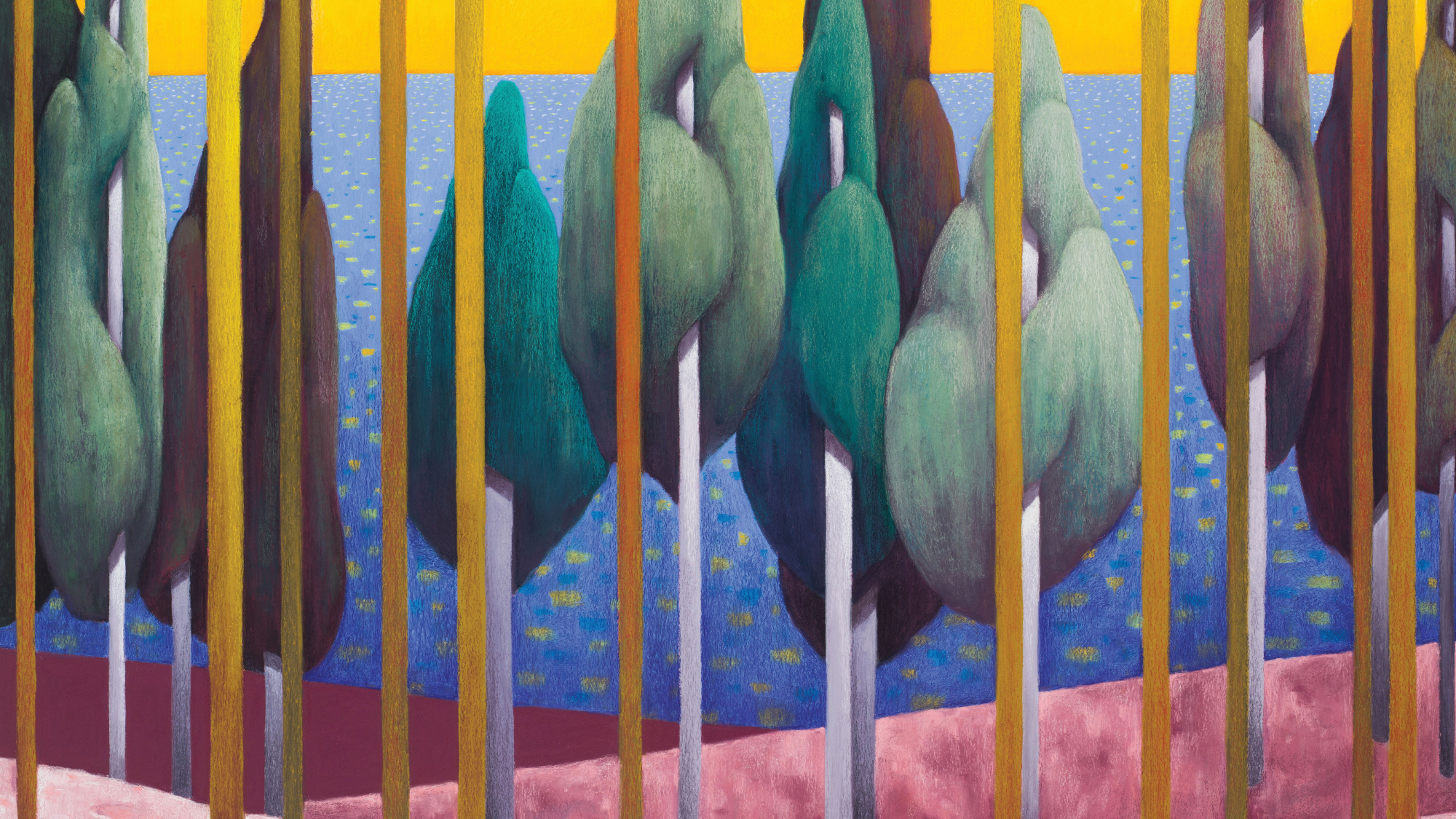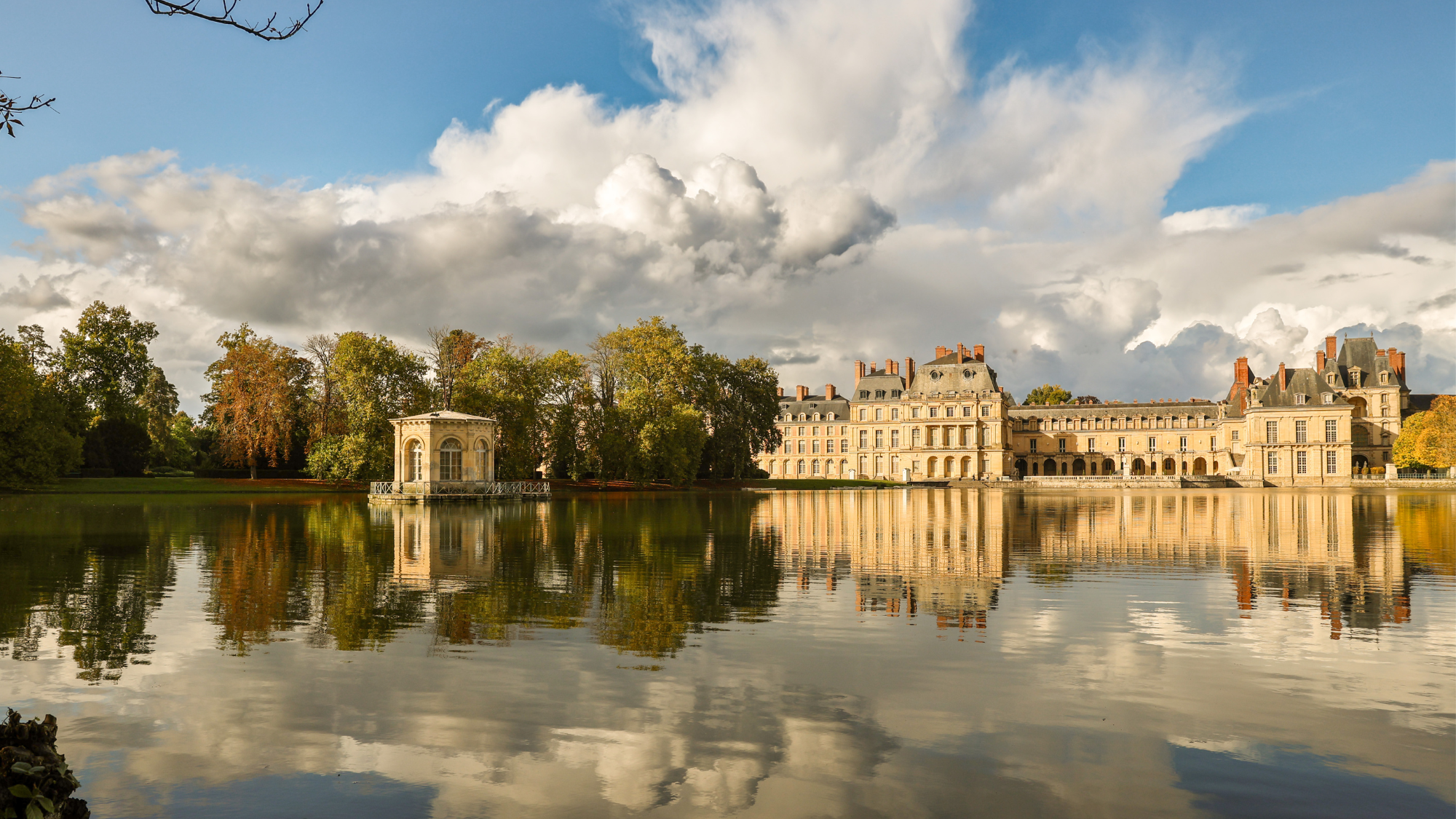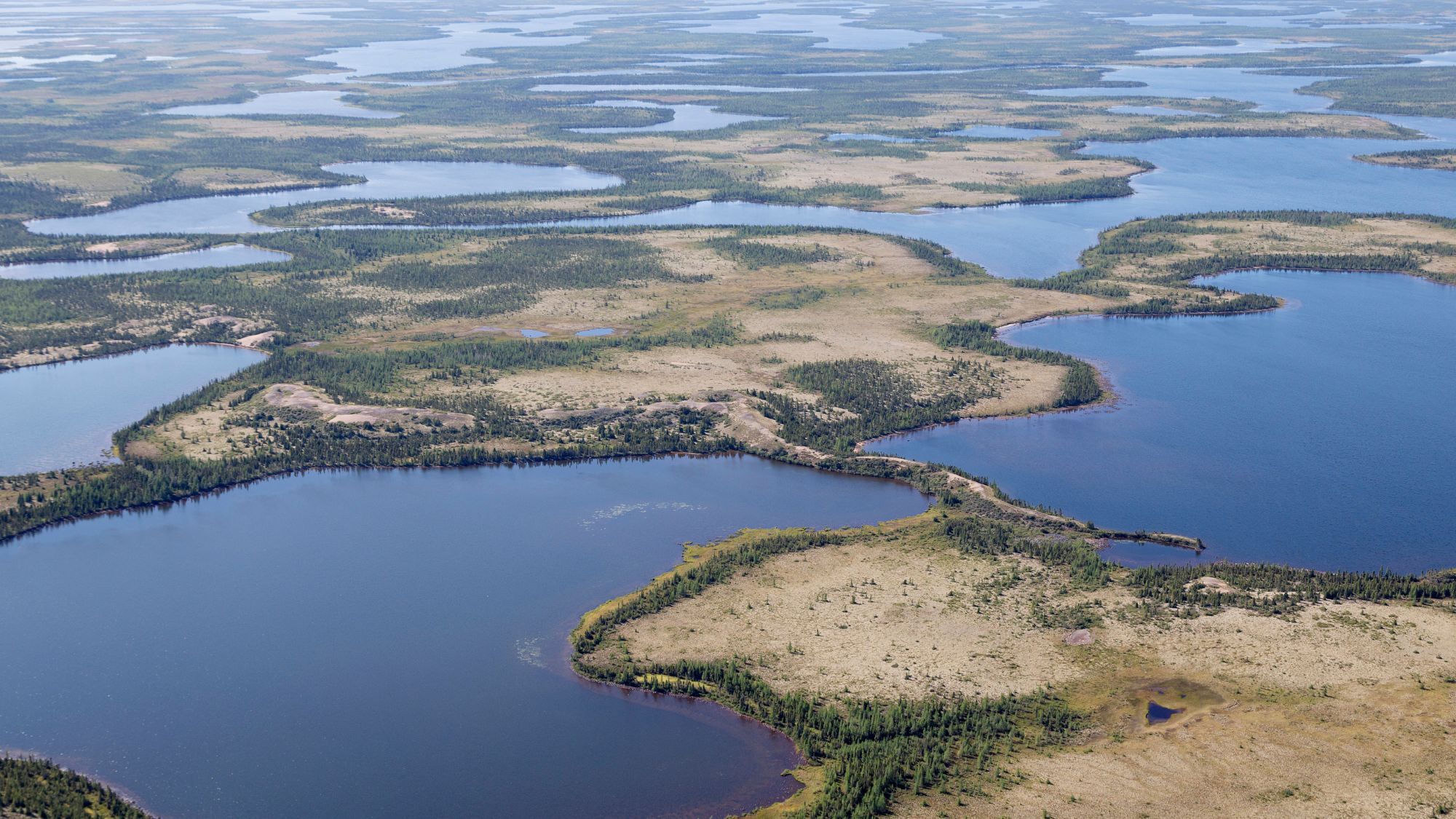Forbidden Territories: an 'ambitious and ingenious' exhibition
'Extravaganza' of a show features an array of works celebrating 100 years of surrealist landscapes

In 1924, the French writer André Breton put his name to a document he called "The Surrealist Manifesto". In it, he argued that European culture had suppressed "everything that may rightly or wrongly be termed superstition", and called on fellow writers and artists "to explore all that fell beyond rational and the conscious thought": dreams, hallucinations and "unedited streams of thought". Breton's text was the catalyst for what would become one of 20th century art's most recognisable movements, said Hettie Judah in The Guardian, inspiring artists including Salvador Dalí, René Magritte and Man Ray.
Opened late last year, this show at the Hepworth Wakefield – subtitled "100 Years of Surreal Landscapes" – is one of several celebrating surrealism's centenary. It brings together 160 paintings, photographs and sculptures to explore the surrealists' approach to landscape and the natural world, demonstrating how they used them as a prism through which to explore "the unconscious and the realm of feeling". Featuring pieces by surrealists both famous and obscure, it is an "extravaganza" of an exhibition that casts an "appropriately irreverent" look at its subject.
The photography here is particularly strong, said Lou Selfridge in Frieze. At first glance, a 1935 shot by Dora Maar appears to show a jumble of grey lines, "gathering into tight clusters like manic cross-hatching". It takes a while to register that it is in fact "a craggy cliff face, viewed from a boat just offshore". Through framing alone, Maar takes a "radical" approach to looking at nature, rendering a relatively ordinary phenomenon strange and "unrecognisable". There's a lot of "filler", however, notably a large section given over to little-known artist, poet and nun Mary Wykeham. If her "middle-of-the-road paintings and prints" here are anything to go on, her obscurity is well deserved. And the contemporary pieces scattered around pale in comparison to authentic surrealist works like Max Ernst's compelling woodland scene.
The Week
Escape your echo chamber. Get the facts behind the news, plus analysis from multiple perspectives.

Sign up for The Week's Free Newsletters
From our morning news briefing to a weekly Good News Newsletter, get the best of The Week delivered directly to your inbox.
From our morning news briefing to a weekly Good News Newsletter, get the best of The Week delivered directly to your inbox.
"It's sometimes tempting to dismiss surrealism as modern art's silliest movement," said Alastair Sooke in the Daily Telegraph – all "trite, sub-Freudian motifs": melting watches, furry teaware, lobster telephones. This show makes a good case for "considering it seriously". Landscape, for these explorers of the unconscious mind, could be a manifestation of veiled urges: the sea here is often associated "with sexual desire"; another section plunges us into the "primal forest". Nicolas Party's "imposing" mural, a new commission, "depicts trees like gigantic deciduous leaves or dyed cross-sections of a human lung". There are also brilliant pieces by Magritte, Jean Arp and "local boy" Henry Moore – represented by a "suggestively swelling" "Reclining Figure" from 1936. This is an "ambitious and ingenious" show – "a cavern that's worth exploring".
The Hepworth Wakefield, West Yorkshire. Until 21 April
A free daily email with the biggest news stories of the day – and the best features from TheWeek.com
-
 A long weekend in Fontainebleau
A long weekend in FontainebleauThe Week Recommends Less than an hour from Paris, this historic town is perfect for a short break
-
 Political cartoons for December 16
Political cartoons for December 16Cartoons Tuesday’s editorial cartoons include calibrating fonts, Christmas classics, and more
-
 Cryptocurrency and the future of politics
Cryptocurrency and the future of politicsIn The Spotlight From electoral campaigns to government investments, crypto is everywhere and looks like it’s here to stay
-
 6 lovely barn homes
6 lovely barn homesFeature Featuring a New Jersey homestead on 63 acres and California property with a silo watchtower
-
 Film reviews: ‘Marty Supreme’ and ‘Is This Thing On?’
Film reviews: ‘Marty Supreme’ and ‘Is This Thing On?’Feature A born grifter chases his table tennis dreams and a dad turns to stand-up to fight off heartbreak
-
 Heavenly spectacle in the wilds of Canada
Heavenly spectacle in the wilds of CanadaThe Week Recommends ‘Mind-bending’ outpost for spotting animals – and the northern lights
-
 It Was Just an Accident: a ‘striking’ attack on the Iranian regime
It Was Just an Accident: a ‘striking’ attack on the Iranian regimeThe Week Recommends Jafar Panahi’s furious Palme d’Or-winning revenge thriller was made in secret
-
 Singin’ in the Rain: fun Christmas show is ‘pure bottled sunshine’
Singin’ in the Rain: fun Christmas show is ‘pure bottled sunshine’The Week Recommends Raz Shaw’s take on the classic musical is ‘gloriously cheering’
-
 Holbein: ‘a superb and groundbreaking biography’
Holbein: ‘a superb and groundbreaking biography’The Week Recommends Elizabeth Goldring’s ‘definitive account’ brings the German artist ‘vividly to life’
-
 The Sound of Music: a ‘richly entertaining’ festive treat
The Sound of Music: a ‘richly entertaining’ festive treatThe Week Recommends Nikolai Foster’s captivating and beautifully designed revival ‘ripples with feeling’
-
 ‘Furious Minds: The Making of the MAGA New Right’ by Laura K. Field and ‘The Dream Factory: London’s First Playhouse and the Making of William Shakespeare’ by Daniel Swift
‘Furious Minds: The Making of the MAGA New Right’ by Laura K. Field and ‘The Dream Factory: London’s First Playhouse and the Making of William Shakespeare’ by Daniel SwiftFeature An insider’s POV on the GOP and the untold story of Shakespeare’s first theater